
When I first started using 10 stop ND (Neutral Density) Filters it was on film cameras shooting velvia 50 slide film. The Lee Big Stopper hadn’t been made yet and my only option was the B+W 10 stop ND which screwed into the front of the lens. Now with the buzz of digital photography and the demand on equipment that lets you manipulate light the birth of the Lee Big Stopper
was made. It is a great product just like the B+W filter but it slides perfectly into your Lee Filters Foundation Kit
holder which is handy.
Shooting with 10 stop filters creates great long exposure effects but there are a few things to keep in mind when using them to get the best results.
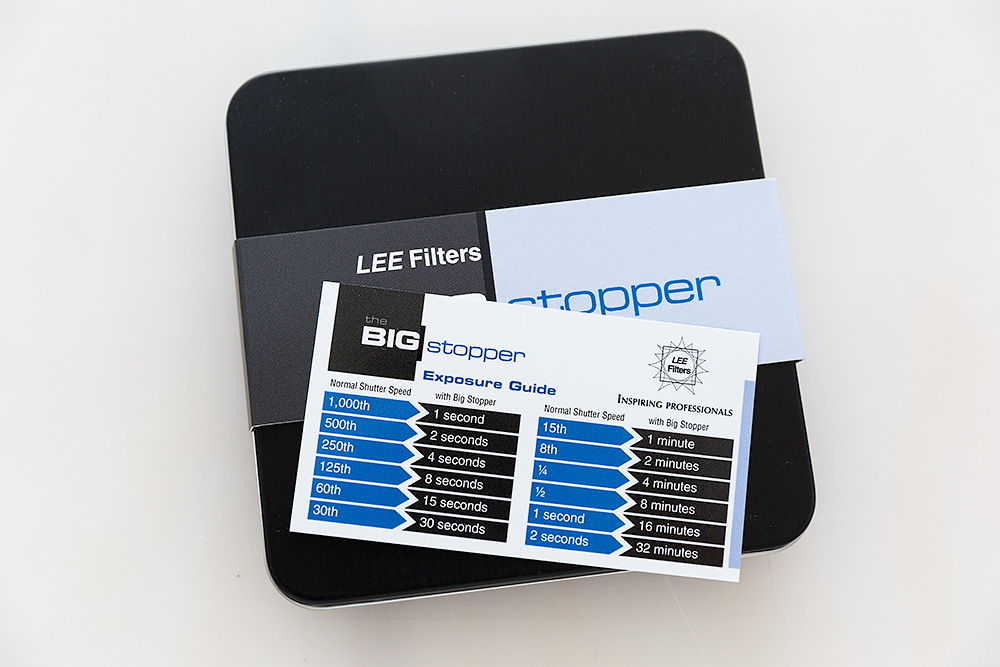
The correct exposure isn't what it seams.
The main point to consider when shooting with 10 stop filters is due to the extreme change in shutter speed you need to factor in any light changes your scene will make during that time. When shooting during the day you could shoot at the same camera settings for 3 – 4 hours. So a long exposure photo for 3, 5 or even 10 minutes would have a consistent light strength during the whole exposure.
Now what if your shooting on sunrise and your shutter speed once corrected and perfected is 1 second, according to your Lee Filter Guide your shutter speed with the filter will need to be 16 minutes. Now from experience you can bet your bottom dollar that in 16 minutes your shutter speed will be changing a stop or two or even three in that time. So if your were to keep the 16 minute exposure as recommended then your photo will be totally ruined and over exposure.
In this case if you have a second camera body you could use it as a light meter and monitor the speed of which the light is changing and you would wipe off a stop or two as needed. But I would guess for most photographers this would not be possible so my advice would be to on sunrise if your exposure is 1 second without the filter and with the filter it is 16 minutes, a correct shutter speed would be about 4 minutes (take off two stops). Again this is just an educated guess. Best thing to do is to practice yourself and take note of the kind of changes your going to encounter.
When doing long exposure photography it will be hit and miss and your best to keep some notes on your losses and wins when it comes to shooting at times when the light will change during your exposure.
Controlling Long Exposures
The Lee Filter exposure guide is a great starting point, but with this guide your not bound by the time scale they have set. As there are a number of factors that you can control and manipulate to get the shutter speed you want when using a 10 stop filter. The whole reason for the filter is to take you 90% of the way and the rest is up to you to achieve the shutter speed you want.
Take the Bogey Hole image for example. When attending this location my capture would flow would have been the following.
- Put my camera in AV mode @ F11, ISO set to 100 and let it tell me the shutter speed. I would have received a shutter speed of 1/40th sec. At this stage I’m not using the 10 stop filter, I need to find my starting point.
- With the shutter speed I was given (1/40th sec) I would put my camera into Manual shooting mode @ f11 and 100 ISO and 1/40th of a sec. Then you take an actual photo and check it to see if your exposure is correct. Lets assume it is (Histogram) perfect.
- Now comes the time to put the filter on and make our 10 full stop change. On doing this we achieve arrive a shutter speed of 25 seconds. Now I took a shot or several shots and inspected the water movement. 25 seconds was too long. So I increased my cameras sensitivity to light by one stop (100 iso to 200 iso) and this change now makes my shutter speed 13 seconds. (See my article on “What is a Stop“) for more detail on this topic.
- From here I would have taken several shots with the right water movement. I could and would have increased my ISO to 400 and that changes my shutter speed from 13 seconds to 6 seconds. I would have taken a number of shots at this speed, just so I have a mixture of images with different water movement effects to choose from when back on the computer.
- Keep in mind that when your manipulating shutter speed with ISO you need to know your cameras high ISO limits as you don’t want to have an image that is unusable due to noise. (See my article on “What is ISO“) for details on High ISO problems.
Further Reading about Long Exposure Photography
Some further articles are listed below to give you more information and advice about Long Exposure Photography.




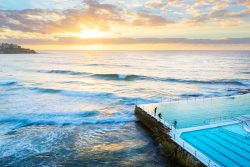

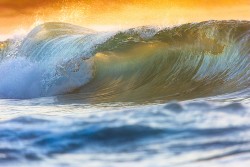
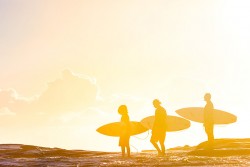

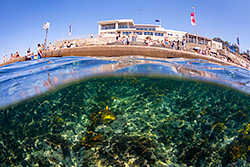


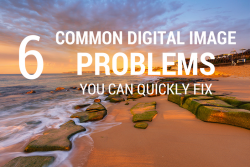

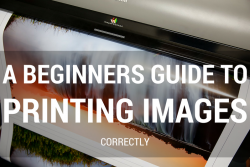
Hi Matt, thanks for the tip.
Nevertheless, you decide to increase your ISO value in order to reduce your shutter speed. Why wouldn’t you stil to 100 ISO and change from 25s to 13 sec instead? Then shoot, then reduce again to: 6 sec?
Thanks,
Hi Eric, the reason why you can’t just leave your ISO at 100 and change your shutter speed is that in my example my exposure is correct. When your exposure is incorrect you only need to change one of the three things in your exposure triangle (ISO, Aperture and Shutter Speed), if your correct exposed like I am you have to change two of these three. So with a shutter speed change that’s needed / wanted I need to choose either aperture or ISO for the other change. Failure to do this will result in your image becoming either over or under exposed depending which way you go with the Shutter Speed change your doing without the compensation. Hope this makes sense and thanks for the question.